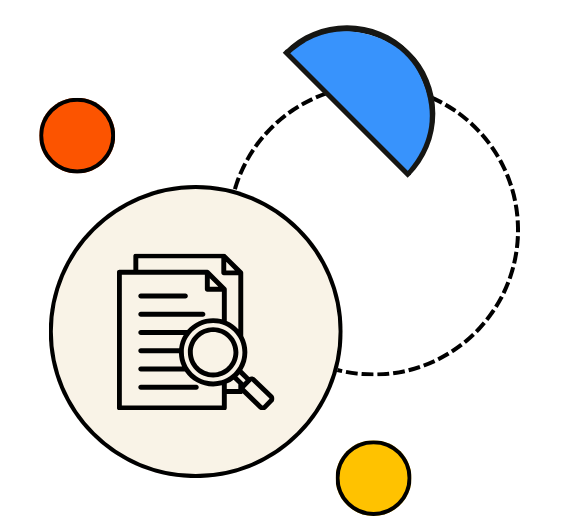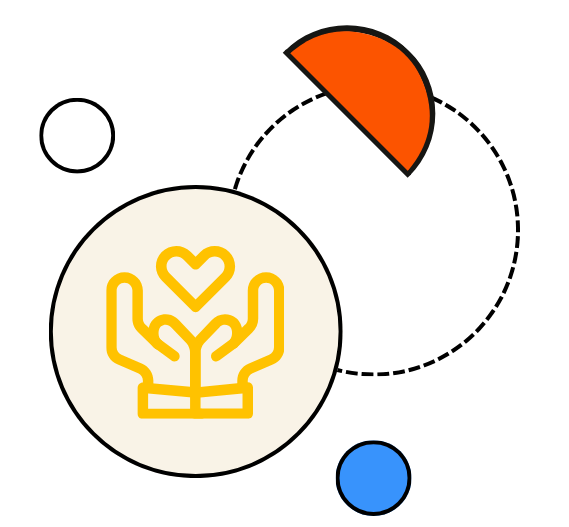Case Study: Using Barrier Analysis to Uncover Hidden Drivers of Organ Donation Behavior
One of Market Street’s clients is an Eastern U.S. organ procurement organization (OPO), serving more than 75 counties and a population of over 11 million. Like many OPOs, our client faced a concerning decline in organ donation registration. To reverse this trend, they needed to go beyond surface-level attitudes to truly understand what prevents people from registering as organ donors.
Our Approach
Market Street Research integrated Barrier Analysis into our brand tracking research to identify the deeper, often hidden, drivers of behavior. By comparing the beliefs and experiences of registered donors (“doers”) with those who had not registered (“non-doers”), we were able to isolate the barriers most strongly correlated with action or inaction.
Key Findings
- Knowledge was not the barrier. While lack of understanding seemed to be the issue, the dispelled this: both registrants and non-registrants said they did not fully understand the organ donation process. This meant that a lack of knowledge alone did not explain the gap.
- Social norms mattered most. Non-registrants were significantly more likely to report social pressures discouraging donation—such as believing family or close friends would disapprove if they registered. For registrants, this was not a concern.
Impact
By separating perceived barriers from real barriers, Market Street helped our client focus resources where they would have the greatest impact: shifting social norms and addressing peer and family influences, rather than overspending on education campaigns that would not have a meaningful impact on behavior.
This case highlights the power of Barrier Analysis to reveal hidden influences on behavior that traditional survey measures often miss. For our client, it provided a sharper strategy to grow registrations by reframing organ donation as a socially supported, community-valued decision.
Barrier Analysis systematically explores the behavioral determinants that drive or block change. It gives organizations a clear roadmap for designing interventions that actually shift behavior—taking the guesswork out of behavior change.
To learn more about Barrier Analysis and how it can benefit your work, contact us for a consultation today.


